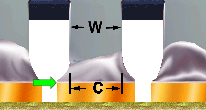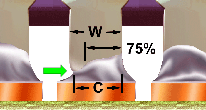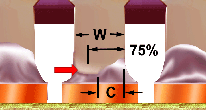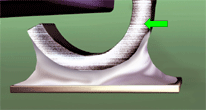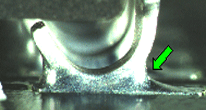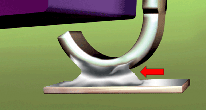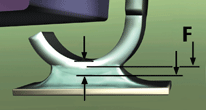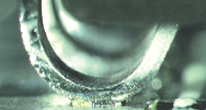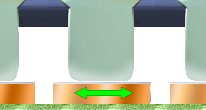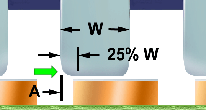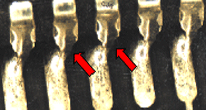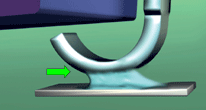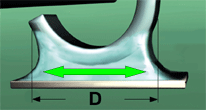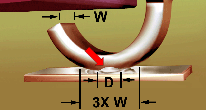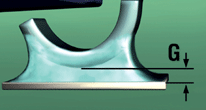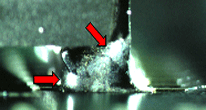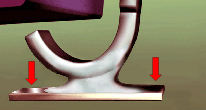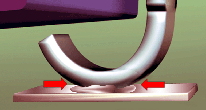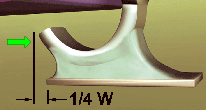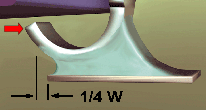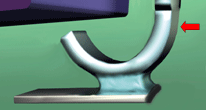"J" LEADED PACKAGES
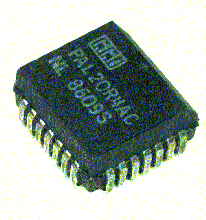
"J" Lead Packages have termination leads that are formed into a J pattern, with the lead's tail folding up and under the package body (instead of flat and outwards like a "Gull-wing"). "J" leaded terminations are considered to be the second most reliable termination style of the leaded SMT devices.
See Section 7.01 "Surface Mount Soldering, General Requirements", for common accept/reject criteria.
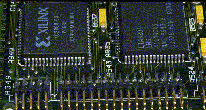
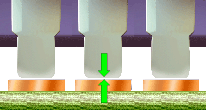
PREFERRED
The parts are properly oriented to the land patterns, with each lead centered across the width of the land. Leads are planar, fillets are shiny and concave and a heel fillet is evident.
NASA-STD-8739.2 [7.1], [12.8.1], [12.9.3.a]
PREFERRED
COPLANARITY
The lead's foot should be parallel to, and in full contact with, the termination pad.
NASA-STD-8739.2 [7.1]
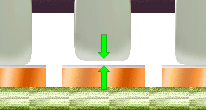
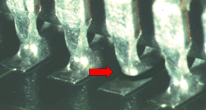
ACCEPTABLE
COPLANARITY
The maximum acceptable variation in planarity between any portion of the lead foot and the pad shall not exceed 0.26 mm (0.010").
NASA-STD-8739.2 [7.1], [12.8.1.h]
UNACCEPTABLE
IMPROPER COPLANARITY
Excessive non-planarity may result in open or mechanically weak solder terminations, excessive part tilt, solder contact with the component body, or violate minimum electrical spacing requirements.
NASA-STD-8739.2 [12.8.2.a.10]

